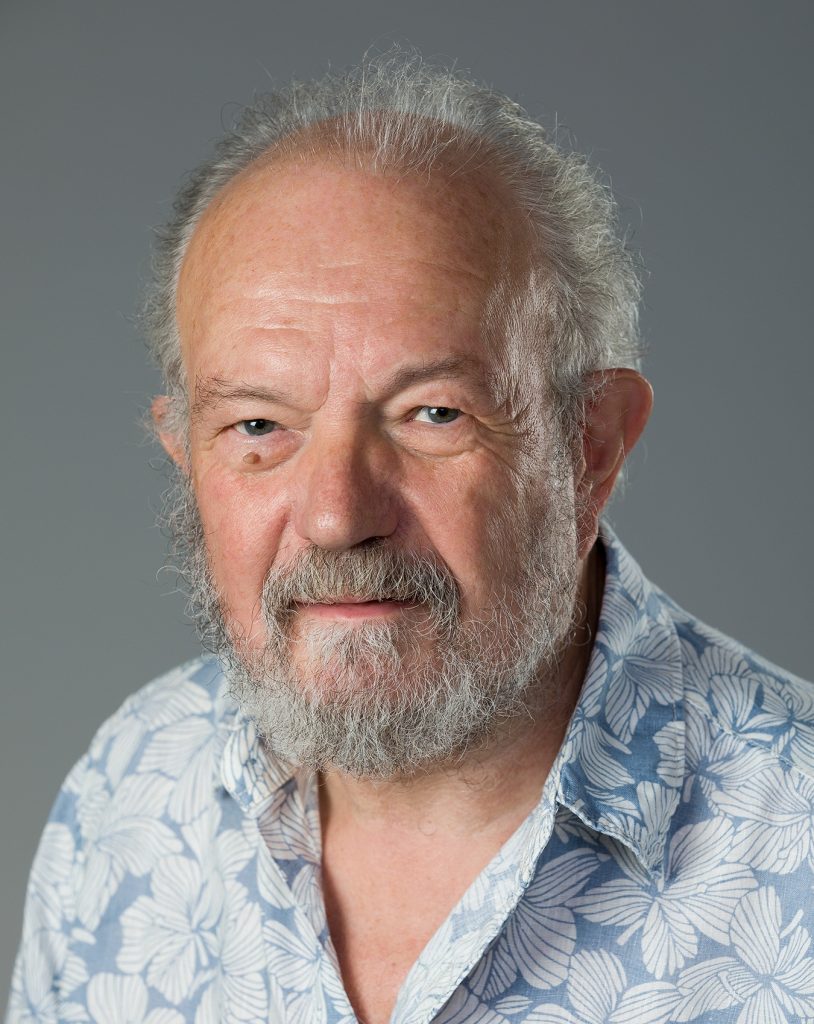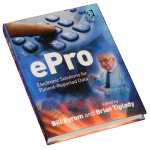
I am a retired neuroscientist and clinical researcher, and worked in the pharmaceutical and related industries between 1976 and 2019. There have been two strands to my work:
- Design, management and analysis of clinical trials, initially in depression
- Clinical pharmacology, including assessment of drug affects such as sedation
Over the years, both these areas developed. In clinical trials I became increasingly involved in assessments of severity of illness using information obtained directly from patients, either by clinical interview or by using questionnaires or diaries completed by the patient. This latter approach became known as patient-reported outcomes (PRO). At the time, the first small handheld computeres were becoming available. The term personal digital assistant (PDA) was coined by Apple in 1992 to describe the Apple Newton. As soon as these devices were available the possibility of using them as patient diaries was obvious.
Paper diaries were widely used in conditions such as asthma, so we set up our first electronic diary in asthma. Our publications showing the feasibility and benefits of the approach were among the first to appear. We also set up electronic questionnaires to be used by patients in a clinic.
The advantages of using electronic patient-reported outcomes (ePRO) both in terms of data quality and ease of data handling soon became apparent, and this approach is now routine. Bill Byrom and I published the first book on the topic in 2010. I subsequently became involved in work to validate patient-reported data, using statistical techniques – psychometrics.

The advantages of using electronic patient-reported outcomes (ePRO) both in terms of data quality and ease of data handling soon became apparent, and this approach is now routine. Bill Byrom and I published the first book on the topic in 2010. I subsequently became involved in work to validate patient-reported data, using statistical techniques – psychometrics.
Work in clinical pharmacology started with the need to document central nervous system (CNS) side-effects of antidepressant, such as sedation. Older antidepressants are sedative, the newer ones much less so, if at all. Documenting this used both subjective reports (how drowsy do you feel?) and performance tests measuring e.g. reaction time and attention. The performance tests available were a mixture of pencil and paper measures and automated tests using custom-built equipment. Again, rapidly developing technology, this time in the form of the first personal computers proved very useful. I set up automated tests systems first on Sharp and BBC computers, and later on the Apple Newton.
This development set the stage for a series of studies on the effects of drugs on cognitive function, many of which involved alcohol. Initially studies were lab-based, but using mobile phones and PDAs as testing platforms allowed us take testing into environments such as pubs and clubs, hospital wards, and then into everyday life as daily diaries and cognitive testers merged.
The “everyday” approach aims to assess what is happening during a person’s normal activities with much less intrusion than in the mobile laboratory approach. Tests are set up on a smartphone, which could be the user’s own, or could be provided for the specific project. Assessments are generally done at least daily, and usually several times a day. The timing of assessments can be done in two ways. The first is to give users instructions as to when to initiate an assessment, such as when you first get up in the morning; immediately after breakfast; and so on. The second is to give the user an alarm or message when an assessment is due. Assessments may be at fixed times, or made at random times to build up a more complete profile of the user’s performance during the day.
This approach is referred to as Ecological Momentary Assessment, and was originally used for sampling of daily experience and behaviour using diary-type data collection. Studies of everyday cognition often include a diary element as well as the tests, for example “How did you sleep last night” or “How many drinks have you had today?
A major project that developed from this work was to develop a tester that could be used by the police for roadside testing of drivers to assess impairment due to drugs. I was involved both in the development and testing of this approach over several years. Unfortunately the variation between unimpaired individuals on these tests is so great that it proved impossible to set up an adequate threshold indicating impairment. At lease we gave the police a clear answer to their question.